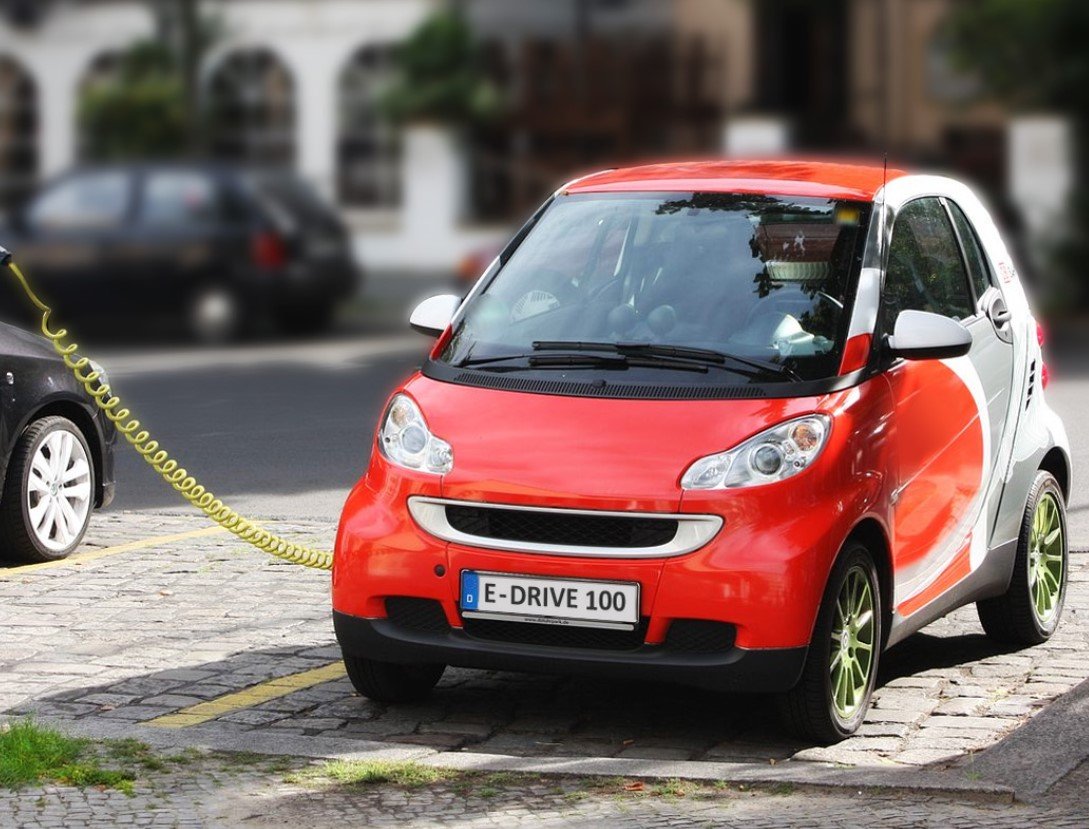The U.S. Department of Treasury has announced that the new electric vehicle credit program, which allows consumers to apply their tax incentive at the point of sale, has been a success in its first month of implementation. The program has distributed $135 million to car dealers since January 1, 2024, and has increased the demand for electric vehicles across the country.

How does the new electric vehicle credit program work?
The new electric vehicle credit program is a provision of the Inflation Reduction Act, which was signed into law by President Biden in August 2023. The program allows consumers to transfer their tax credit of up to $7,500 directly to the seller of the electric vehicle, instead of waiting for a refund after filing their taxes. The program also allows consumers to use the credit for used or previously owned electric vehicles, as well as for commercial clean vehicles.
The program is administered by the Treasury and the Internal Revenue Service, in collaboration with the Department of Transportation and the Department of Energy. Consumers and auto dealers can use a web-based application to enter the vehicle identification number (VIN) of the electric vehicle and determine its eligibility and credit amount. The application also generates a QR code that can be scanned at the point of sale to complete the transaction.
The program is available for electric vehicles that meet certain criteria, such as being assembled in North America, having a battery capacity of at least 4 kWh, and having a base price of less than $55,000. The program also offers higher credits for electric vehicles that have more domestic content, use union labor, and have longer battery range.
What are the benefits of the new electric vehicle credit program?
The new electric vehicle credit program offers several benefits for consumers, car dealers, and the environment. Some of these benefits are:
- Cost-saving: The program lowers the upfront cost of buying an electric vehicle, making it more affordable and accessible for more consumers. The program also reduces the hassle and uncertainty of waiting for a tax refund, and allows consumers to use the credit for used or previously owned electric vehicles, which are cheaper than new ones.
- Sales-boosting: The program increases the demand and sales of electric vehicles, which benefits car dealers and manufacturers. The program also helps car dealers clear their inventory of electric vehicles, which have been accumulating due to the supply chain disruptions and the expiration of the previous tax credit program.
- Climate-friendly: The program encourages the adoption and use of electric vehicles, which reduce greenhouse gas emissions and air pollution, and support the transition to a clean energy economy. The program also supports the Biden Administration’s goal of reaching 50% electric vehicle sales by 2030, and achieving net-zero emissions by 2050.
What are the challenges and opportunities of the new electric vehicle credit program?
The new electric vehicle credit program also faces some challenges and opportunities in its implementation and future development. Some of these are:
- Challenge: The program requires car dealers and consumers to use a new web-based application, which may have some technical issues or glitches. The program also requires car dealers to verify the eligibility and credit amount of the electric vehicles, which may take some time and effort.
- Opportunity: The program provides an opportunity for car dealers and consumers to learn more about the benefits and features of electric vehicles, and to compare different models and brands. The program also provides an opportunity for the Treasury and the IRS to collect data and feedback on the program’s performance and impact, and to make improvements and adjustments as needed.
- Challenge: The program may face some resistance or opposition from some stakeholders, such as the oil and gas industry, the conventional vehicle manufacturers, or the consumers who prefer gas-powered vehicles. The program may also face some legal or regulatory challenges, such as lawsuits or audits.
- Opportunity: The program creates an opportunity for collaboration and innovation among various stakeholders, such as the federal and state governments, the auto industry, the environmental groups, and the consumers. The program also creates an opportunity for expanding and enhancing the electric vehicle infrastructure, such as charging stations, battery recycling, and grid integration.
The new electric vehicle credit program is a new and innovative service that aims to lower the cost and increase the demand for electric vehicles in the U.S. By using the program, consumers can save money, car dealers can boost sales, and the environment can benefit from lower emissions.
